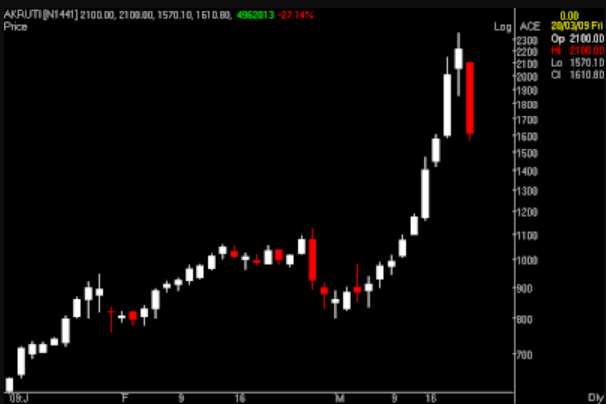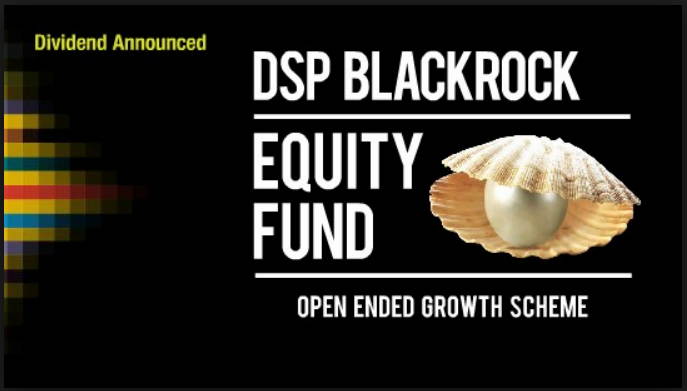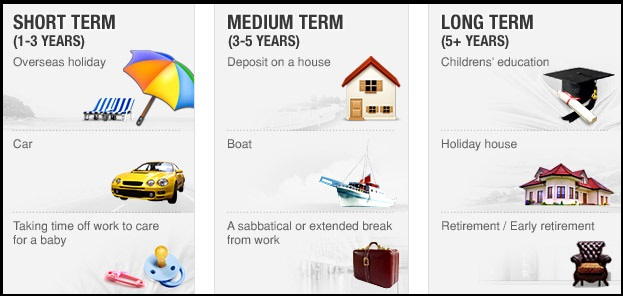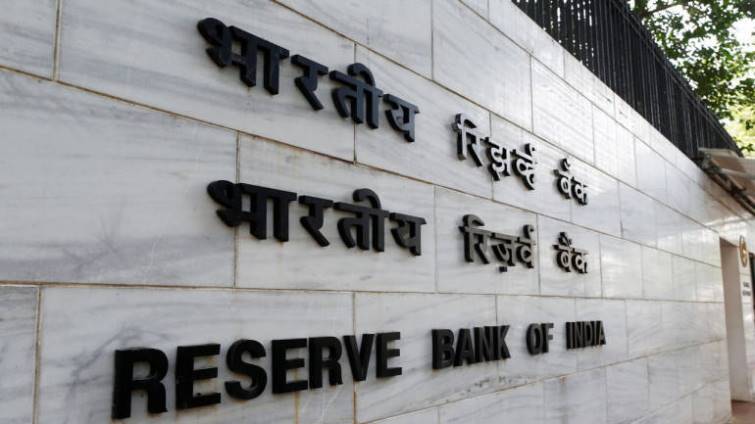Update : As pointed by Ranjan, there was a mistake in the analysis about the paying term of the policy, I have corrected it now. Please re-read the analysis.
If you like the article : Stumble it and Buzz it
Today we will talk about the market product “Jeevan Varsha”, If you are a regular reader of this blog, by now you must have gained enough knowledge on how to evaluate a product like this, if not then go ahead and see.

JEEVAN VARSHA
You can see the features in detail here . Mainly there are 2 things .
Survival Benefits
- 10% of the Sum Assured is payable at the end of 3 years.
- 20% of the Sum Assured is payable at the end of 6 years.
- 30% of the Sum Assured is payable at the end of 9 years
- 40% of the Sum Assured is payable together with Guaranteed Additions, and Loyalty Addition, if any, at the end of 12 years.
Guaranteed Addition
The policy provides for Guaranteed Addition at the following rates
- Rs. 65 per thousand Sum Assured per year for a policy of 9 years term.
- Rs. 70 per thousand Sum Assured per year for a policy of 12 years term
We will analyse the policy for 12 yrs here . We will talk about two things using an example.
1. Returns from this Policy at the End
2. Can we do better than this policy with same amount of premium [ you know we can 😉 ]
Example : Lets take an example of a person 30 yrs, who takes this policy for Rs 5 Lacs and wants to make yearly payment.
Tenure of Policy : 12 yrs
Tenure of Payments : 9 yrs
Sum Assured (SA) : Rs 5 Lacs
Premium : Rs 78500 (calculated adjusting Mode rebate and High Sum assured Rebate)
Method of calculation of Premium
Total Annual premium for 30 yrs old for 12 yrs policy = 165.30
Mode Rebate of 2%
High Sum Assured rebate of Rs.5 .
So Total premium = (500000/1000)*(165.3 – 5) * .98 = 78547.0 (So i took it approx 78500 .
In Case of Survival , he will get
In 3rd Year : Rs.50,000 (10% of SA)
In 6th Year : Rs 1,00,000 (20%)
In 9th Year : Rs 1,50,000 (30%)
In 12 Year : Rs 6,20,000 [2,00,000 (40%) + 4,20,000 (70 for per 1000 for 12 yrs , 70 * 12 * 5,00,000/1000 ]
Returns from this Policy at the End
Now how do we calculate the returns from this policy for this person. There are two way (Models) of doing this . One way is that we can just add the amount of money he receives from the policy and see how much total money he gets at the end of 12th year.
The other way is to assume that he is investing his money (which he gets at 3rd , 6th and 9th) year somewhere , so that he can get it at the end of 12th year (this way is a better way of calculating) .
First Model : Amount is just added
Total Sum received = 50,000 + 1,00,000 + 1,50,000 + 6,20,000
= 9,20,000
Second Model :
Amount received is invested @8% such that he recives it at 12th yr . (for 9 yrs , 6yrs and 3 yrs)
50,000 after 9 yrs : 99950 [ 50,000 * (1.08)^ 9 ]
1,00,000 after 6 yrs : 158687 [ 1,00,000 * (1.08)^ 6 ]
1,50,000 after 9 yrs : 188,957 [ 1,50,000 * (1.08)^ 3 ]
6,20,000 : 6,20,000
Total = 99950 + 158687 + 188,957 + 620000
= 10,67,594
We have not consider Loyalty additions and lets us see what are the reasons?
Bonus’s and Loyalty additions are not guaranteed and thats the reason you cant claim it as entitlements. These components are not backed by the sovereign guarantee that extends to the sum assured and guaranteed additions components.
In the (unlikely) event of Company going insolvent, you’ll only be entitled to the sum assured, at the time of death or on maturity, and the guaranteed additions thereon.
This applies to any Insurance company with products giving Loyalty Bonus as one of the components.
Now lets calculate the CAGR return from this policy, We have to use annuity formula for it for 9 yrs and then simple compound interest formula for 3 yrs. The formula would be
A = [ annuity part for 9 yrs] * [compound interest part 3 yrs ]
A = [ P * [{(1+i)^9 – 1 }/i] * (1+i) ] * (1+i)^3, where
A = Total money he accumulated till now .
P = yearly Premium (78,500)
i = CAGR return which we want to find out .
What have we done here?
The person we have calculated annuity returns for first 9 yrs (because he is making the payments for 9 yrs), then he does not pay anything for 3 yrs, so we have calculated compound interest for next 3 yrs. It may be a bit complicated to understand i know.
So
For First Model
The value of i which satisfies this equation is 3.3%, Yes you read correct. But this is not a good way of seeing things, so lets look at Second Model.
>>> (78500 * (1+.033) * ((1+.033)**9 – 1)/.033)*(1+.033)**3
919262
For Second Model
The value of i which satisfies this equation is 5.1% . This is the true representative of returns .
>>> (78500 * (1+.051) * ((1+.051)**9 – 1)/.051)*(1+.051)**3
1060497.7183573653
thanks to “Raja” for correcting my calculation
Which model is more better?
So lets take the Second model as the standard model for evaluation, So we conclude that returns from this policy would be around 5.1% considering
Consumer is smart enough to invest the proceeds again into some debt product using which he can get 8% returns .
Note that this return is considering there is no Loyalty Additions because they were not assured.
Total payment in 12 yrs was 12 * 79,000 = 9.48 lacs and at the end of 12 yrs he gets
9.2 Lacs (First model , 50k , 1 lacs , 1.5 lacs and 6.2 lacs, not reinvestment)
OR
11.78 Lacs (If proceeds are reinvested)
Some policy lovers would argue i am not considering Insurance and tax benefit part.
Regarding Tax benefit : We will compare this product with PPF, Mutual funds and Term Insurance and they also have 80C benefit with them, so tax benefit is something common with all, so there is nothing special with this policy regarding Tax benefits. For Insurance I will cover it in next part which we will discuss.
Can we do better than this policy with same amount of premium
Let us first understand the Insurance part.
The sum Assured is 5 lacs, so if a person dies before 3 yrs, he gets 5 lacs, if he dies after 3rd yr, he will also get the Guaranteed additions. So the maximum a person can get by dying is in 12 yr, in that case he will get 9,20,000 (50k, 1 lacs, 1.5 lacs, 2 lacs + 4.2 lacs GA, No loyalty additions in this case).
So lets be graceful and say that this person will get 9.2 lacs in case he dies.
The first thing to note here is Insurance cover, I don’t know what will happen to the family of this person if they get 9.2 lacs as Insurance money. If a person has the ability to pay 78,500 per Annam as premium, a wild guess for his Insurance cover is around 30-35 lacs at least. So the Insurance cover is not enough
Now lets see, what I recommend for this person who pays 78,500 per year to take care of his Insurance of 9.2 lacs.
So a person who pays 78,500 per year, can divide his 78,500 yearly payment into two parts, For insurance and Investment separately. You know what i would suggest, its simple Term Insurance and Investment in PPF or MF’s
Read Importance of Insurance (Term Insurance)
Read about Mutual funds and how to choose them
Let us first take care of his Insurance part, though he is covered of max 9.2 lacs just for 12 yrs, we are not that uncaring in nature to under-insure him, we understand importance of Insurance and his Family needs and the tenure of cover should be 25-30 yrs, not just 12 yrs, His Insurance requirement is around 30-40 lacs and we will provide it anyhow, even if the investments are to be compromised .
So we will try to provide him 35 lacs cover for 30 yrs.
For Defensive Investor
Insurance
Term Insurance of 35 lacs for 30 yrs : Rs 9,600 (Aegon Religare)
Investments
So he is left with 68,900 (78,500 – 9,600), for his investments. If he invests this in PPF (though there is limit of 70,000, lets assume he can do it). he will get around 14.12 lacs (annuity formula) at the end of 12th year.
He can then take out 1.73 lacs out of this to fund for his Insurance premium for next 18 yrs left, still the amount left would be better than the Jeevan Varsha. The other alternative is to keep the money in some Fixed Deposit and keep using the interest amount to fund Insurance premium for next 18 yrs.
There can be other ways of doing it, but the main point is that we have done better than Jeevan Varsha in all respects.
This investor can also use balanced funds for investments.
For Aggressive Investor
Insurance
Term Insurance of 35 lacs for 30 yrs : Rs 9,600 (Aegon Religare)
Investments
He can invest 68,900 yearly (5741 per month) left in Equity Diversified Mutual funds using SIP every money month in max 3-4 mutual funds.
He should expect to get around 12% compounded returns over 12 yrs , and your money should grow to 18.5 lacs (12% is again not guaranteed , its not based on Historical returns )
Summary and Notes
We have seen the policy from a broad level and see its main components, we have not seen small details, because they are not significant enough to change the views anyways. We have seen how its too complicated and provides returns which are less than what you can easily get in PPF.
Conclusion
Term Insurance + (MF or PPF) is a great combination, its easy to understand .The main this is to first Insurance your self Sufficiently and then think about investments.
That’s what i had to say for the day, don’t forget to recommend this blog to others so that they can also benefit. Also be sure to follow me on twitter here in case you are on twitter.
If you liked the article : Stumble it and Buzz it
Disclaimer : The views on this article are my personal. All the things discussed on this article are for learning purpose only. This blog will not be responsible for your investment decisions. There may be some mistakes while calculations, so please do your own calculations for taking any decisions. thanks










